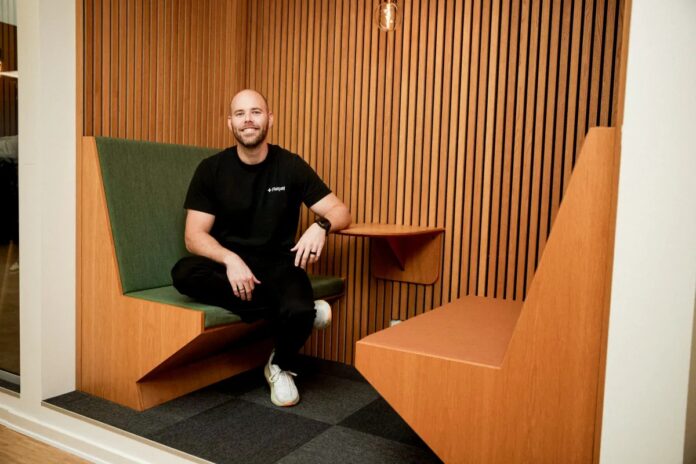Flatpay, a Danish startup simplifying card payments for small and medium-sized businesses (SMBs), has achieved a valuation exceeding $1 billion, solidifying its status as a European fintech unicorn. This milestone underscores a broader trend: the rapid expansion of specialized payment solutions catering to underserved markets. While established players like Adyen dominate in scale, Flatpay’s aggressive growth suggests a viable challenge through focused market penetration.
Disrupting the SMB Payment Landscape
Flatpay’s core strategy centers on providing a flat transaction rate for card terminals and point-of-sale systems. This appeals directly to the vast majority of European businesses — 99% of them — often overlooked by traditional providers. The company’s traction has been exceptional: customer numbers have surged from 7,000 in April 2024 to approximately 60,000 today. This demonstrates a clear demand for simplified, transparent pricing in a sector often plagued by hidden fees and complex structures.
Exponential Valuation and Revenue Growth
Within just three years, Flatpay has reached a €1.5 billion ($1.75 billion) valuation, fueled by rapid revenue growth. In October, the company surpassed €100 million ($116 million) in annual recurring revenue (ARR), and is currently increasing this by roughly €1 million ($1.16 million) per day. CEO Sander Janca-Jensen projects a further 300% growth by 2026, aiming for €400–€500 million in ARR. This ambitious trajectory is supported by a recent €145 million ($169 million) funding round led by AVP, Smash Capital, and Dawn Capital.
Strategic Expansion and Workforce Growth
The new capital will fund continued expansion within existing markets — Denmark, Finland, France, Germany, Italy, and the U.K. — as well as entry into one or two new territories next year, potentially including the Netherlands. Flatpay also plans to double its workforce from 1,500 to 3,000 by the end of 2025, prioritizing headcount growth alongside revenue. This reflects a core operational philosophy: direct, in-person customer onboarding.
The “Suitcase Sales” Approach
Flatpay distinguishes itself through a highly personalized sales strategy. Unlike competitors relying on digital channels, Flatpay employs a field sales force equipped with card terminals and pricing documentation. This “suitcase sales” approach allows immediate demos and simplified explanations, directly addressing SMB owners’ pain points. The company’s hypothesis is that these owners actively seek better solutions, even if their current systems are functional.
Competitive Landscape and Future Fintech Expansion
Flatpay competes with legacy providers, fintech giants like PayPal and Stripe, and niche players. However, its emphasis on simplicity and hands-on support creates a strong differentiator. The company is also expanding beyond payments, planning a banking suite with cards and accounts. Flatpay’s gradual approach, “eating the elephant one bite at a time,” aims to avoid overwhelming SMB owners with complexity.
Balancing Growth with Human Interaction
Despite embracing AI for real-time features, Flatpay remains committed to human interaction. The company’s high customer acquisition costs are justified by faster growth, making its approach palatable to investors even in an AI-driven cycle. This demonstrates that, in certain markets, personalized service remains a competitive advantage.
Flatpay’s success underscores a broader trend: specialized fintech solutions that prioritize simplicity and direct engagement can thrive even in crowded markets. The company’s continued growth will depend on its ability to maintain this balance between technology and human interaction







































